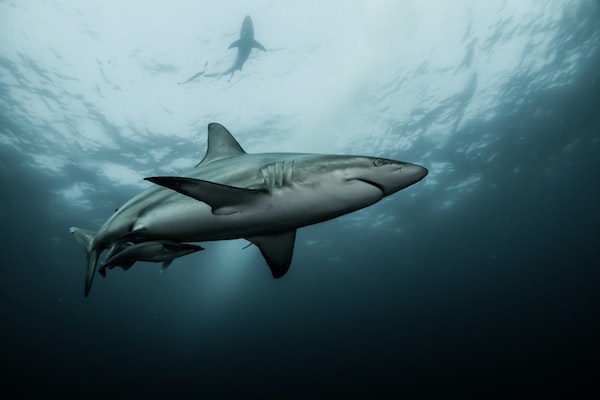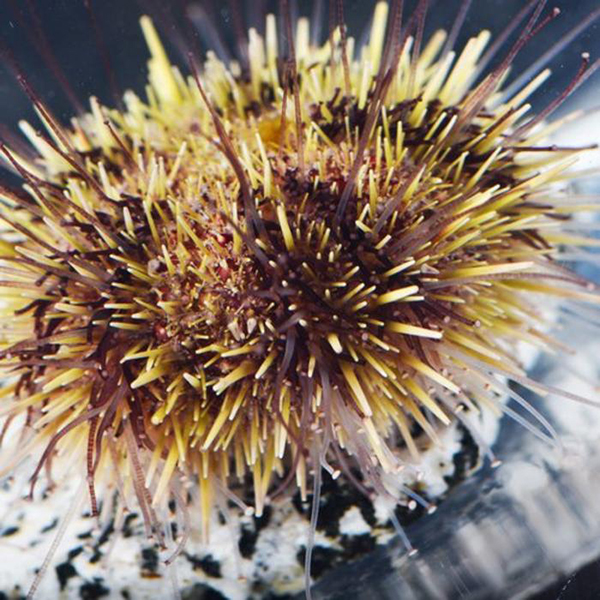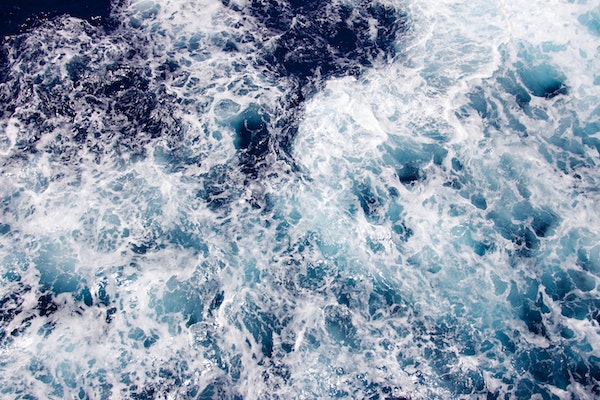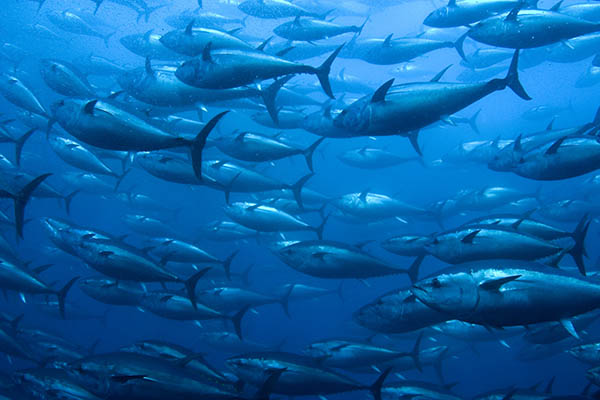Global analysis reveals shrinking most common in fish but more research needed to determine why

A new study has shown that some species of fish are getting smaller, but more research is needed to determine if factors like overfishing, global warming and food availability are responsible.
The research was carried out by an international team of scientists from 17 universities, as part of a working group funded by the German Centre for Integrative Biodiversity Research (iDiv) and led by scientists from the University of St Andrews’ Centre and the University of Nottingham.
The study, which was published in Science, looked at data from across the world over the last 60 years, and from many types of animals and plants.
Shrinking was most common among fish, but among other groups of organisms – such as plants and invertebrates – changes were more varied. By looking across groups of species, the study reveals there are some complex changes taking place, with some organisms becoming bigger while others get smaller.
“We think this suggests that, when large organisms disappear, other ones try to take up their place and use up the resources that become available,” said Maria Dornelas, senior author of the paper and professor at the University of St. Andrews. “Recognizing and exploring this complexity is imperative if we want to understand the mechanisms involved in how body size is changing through time.”
Previous research showed that the size of trophy fish in fishing competitions has decreased and that many of the most threatened species are large. The new study shows change in body size is coming from both individuals within species becoming smaller, but also larger species being replaced with smaller ones.
“In some locations, for example, smaller and smaller individuals of thorny skate are being observed, while smaller-bodied species like mackerel are increasing in abundance,” said lead author Inês Martins, from the University of St. Andrews. “Whether it’s because of what humans prefer to eat, or their habitats getting warmer, big fish just can’t seem to catch a break.”
Scientists tap supercomputer to understand the impact of climate change on fisheries
The study also noted the replacement of a few large organisms with many small ones, while keeping the total amount of life – known as biomass – constant. This surprising result supports the idea that ecosystems tend to compensate for change by keeping overall biomass of the studied species in a particular habitat stable. This stability is attributed to a trade-off between reductions in body size and concurrent increases in abundance among the organisms.
Researchers are continuing to explore the factors behind these fluctuations in body sizes, with some exceeding a 10 percent increase. They have proposed that these changes could be linked to the effects of global warming and overconsumption – both defining characteristics of the Anthropocene era, a term used to describe humanity’s impact on the planet during our current geological epoch.
“It’s clear the widespread species replacement we see around the world is having measurable consequences,” said Dornelas. “Organisms becoming smaller has important effects as the size of animals mediates their contribution to how ecosystems function, and how humans benefit from them. Bigger fish can usually feed more people than smaller fish.”
Now that you've reached the end of the article ...
… please consider supporting GSA’s mission to advance responsible seafood practices through education, advocacy and third-party assurances. The Advocate aims to document the evolution of responsible seafood practices and share the expansive knowledge of our vast network of contributors.
By becoming a Global Seafood Alliance member, you’re ensuring that all of the pre-competitive work we do through member benefits, resources and events can continue. Individual membership costs just $50 a year.
Not a GSA member? Join us.
Author
Tagged With
Related Posts

Fisheries
Warming ocean water a threat to predatory species, Woods Hole study determines
Tuna, billfishes and sharks in the Northwest Atlantic Ocean and Gulf of Mexico could lose 40 to 70 percent of their suitable habitat due to warming ocean water.

Responsibility
Sea urchins struggle with their grip due to climate change: study
Biologists say sea urchins' adhesive abilities are hampered by differing levels of water salinity caused by climate change-associated events.

Fisheries
Ocean warming increases risk of salmon bycatch in Pacific hake fishery
Ocean warming and increased frequency of marine heatwaves could lead to higher Chinook salmon bycatch rates, scientists say.

Responsibility
Study: More than 90% of global aquaculture faces substantial risk from effects of climate change
Aquatic food producers are vulnerable to the effects of climate change, with USA, China and Thailand at the most risk, a UCSB study finds.



